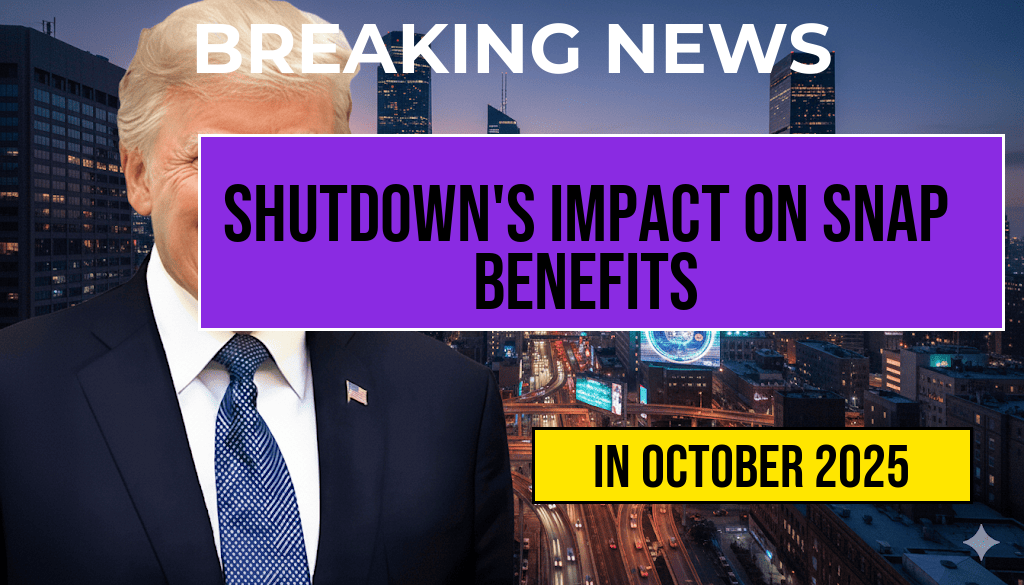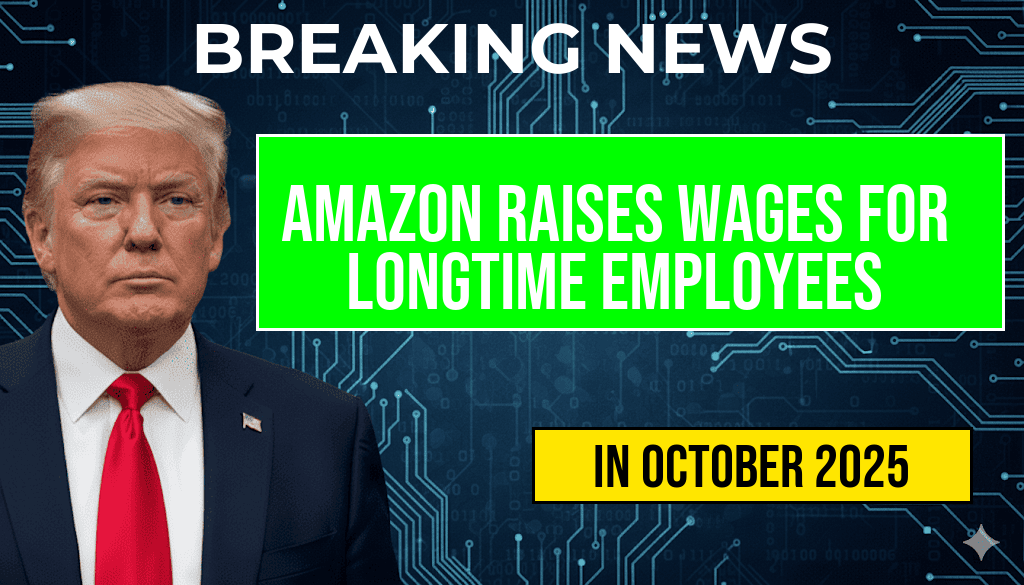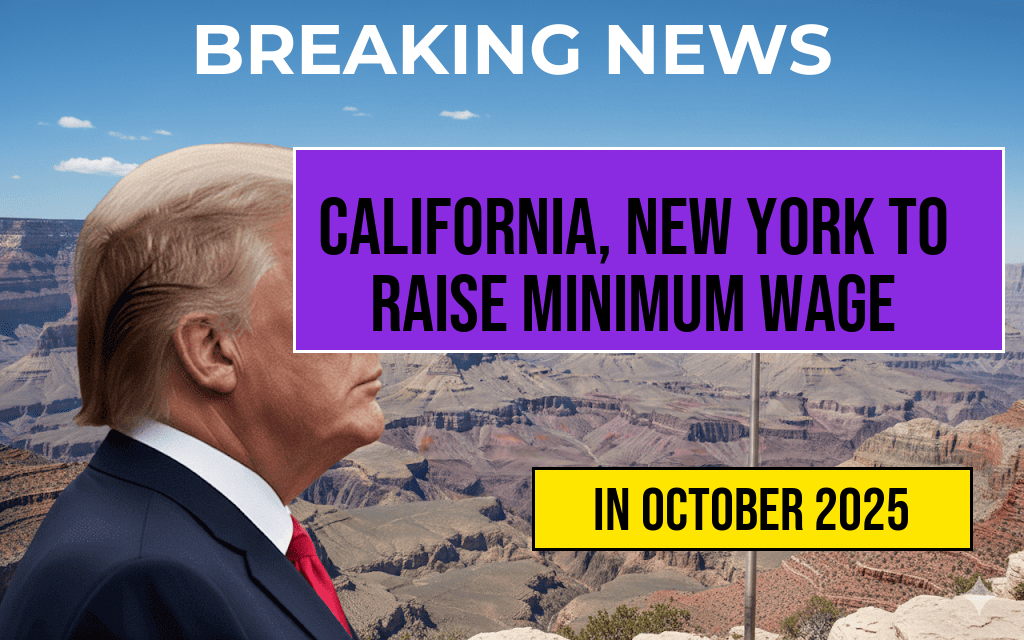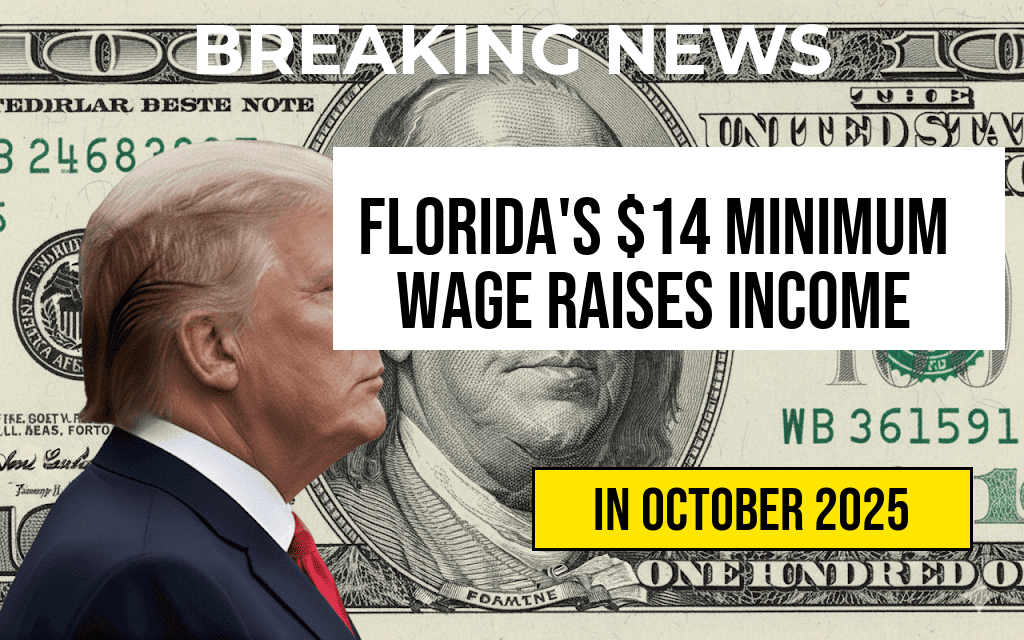The prospect of a federal government shutdown has raised concerns among millions of Americans relying on Supplemental Nutrition Assistance Program (SNAP) benefits, commonly known as food stamps. While the exact impact depends on the duration of the shutdown and congressional negotiations, recent discussions suggest potential disruptions to benefit issuance and eligibility determinations. During past shutdowns, temporary pauses in processing and funding led to delays in benefit distribution, leaving vulnerable populations at risk of reduced access to essential food assistance. As lawmakers debate federal appropriations, those dependent on SNAP are closely monitoring developments to understand how their benefits might change in the coming weeks. This article explores the potential effects of a government shutdown on SNAP, including possible modifications to eligibility, benefit amounts, and administrative operations.
How SNAP Benefits Are Funded and Distributed
SNAP is primarily funded through federal appropriations managed by the U.S. Department of Agriculture (USDA). The program provides monthly benefits to eligible low-income individuals and families, which are loaded onto Electronic Benefit Transfer (EBT) cards. These benefits are crucial for millions facing food insecurity, especially during economic downturns or emergencies. The USDA disburses funds to states, which then administer the program locally, ensuring that qualified recipients receive their benefits in a timely manner. The stability of SNAP funding often hinges on annual congressional appropriations, which can be affected during government shutdowns.
Historical Precedents and Previous Shutdowns
Past federal shutdowns have demonstrated that interruptions in government funding can temporarily disrupt SNAP operations. During the 2018-2019 shutdown, for instance, some states faced delays in processing applications and issuing benefits, although existing benefits continued to be accessible. The USDA assured beneficiaries that benefits for the first month of the shutdown would be unaffected, but subsequent payments faced uncertainties. These disruptions underscored the importance of continuous funding for the program’s administrative functions and the potential hardship faced by recipients if delays extend beyond initial periods.
Expected Changes During a Potential Shutdown
Disruption to Benefit Issuance
- Delayed payments: If appropriations are not renewed, new benefit issuance could be paused, resulting in delays for recipients expecting regular monthly deposits.
- Impact on current beneficiaries: Existing benefits may remain accessible for a limited period, but ongoing processing could be hindered, especially for new applicants or those seeking recertification.
- Potential for benefit reductions: In some cases, if funding delays extend, states might be forced to reduce benefit amounts temporarily, impacting household food security.
Administrative Operations and Eligibility Processing
- Closure of processing centers: During a shutdown, many USDA and state offices involved in eligibility determinations and case management could cease operations.
- Delays in recertification: Beneficiaries required to recertify their eligibility may face delays, risking temporary loss of benefits or overpayment issues.
- Reduced outreach and support services: Community assistance programs and helplines might operate at limited capacity, making it harder for applicants to access help or clarify concerns.
Impacts on Vulnerable Populations and Food Security
| Impact Area | Description |
|---|---|
| Food Insecurity | Delayed or reduced benefits could increase hunger among low-income families, seniors, and individuals with disabilities. |
| Health Consequences | Limited access to nutritious food may exacerbate health issues, particularly for vulnerable populations with chronic conditions. |
| Economic Strain | Reduced benefits can lead to increased reliance on emergency services and community food programs, straining local resources. |
Legal and Policy Responses
Congress can intervene to mitigate the impact of a shutdown on SNAP by passing temporary funding measures or emergency appropriations. Some lawmakers have advocated for continuing resolutions that include funding for nutrition programs, ensuring that benefits remain uninterrupted. The USDA has also announced contingency plans that may involve prioritizing essential functions and extending benefits where possible. However, the effectiveness of these measures largely depends on legislative action and the duration of the shutdown.
What Recipients Should Do
- Stay informed: Regularly check updates from local SNAP offices and official USDA communications.
- Plan for potential delays: Budget accordingly and seek assistance from community food banks or local charities if needed.
- Maintain recertification deadlines: If possible, complete required paperwork promptly to avoid benefit interruptions once administrative operations resume.
Additional Resources
For more information on SNAP and government shutdown impacts, visit the USDA’s official website at https://www.fns.usda.gov/snap and review updates from the CDC’s food security resources.
Frequently Asked Questions
What is the expected impact of a government shutdown on SNAP benefits?
During a government shutdown, SNAP benefits may face delays or disruptions due to funding interruptions. However, some states may continue to provide assistance through emergency funds or state resources.
Will food stamp assistance continue during a government shutdown?
In many cases, food stamp assistance continues temporarily as the federal government prioritizes essential services. Nonetheless, prolonged shutdowns could lead to delays in benefit issuance or reductions.
How might a government shutdown affect eligible households?
Eligible households could experience delays in receiving SNAP benefits, which may impact their ability to access adequate nutrition. Recipients should stay informed through official channels for updates.
Are there any alternative resources available during a shutdown?
Yes, some states may offer emergency food assistance or provide information on local food banks and community programs to support families affected by benefit disruptions.
What should recipients do if their SNAP benefits are delayed?
If SNAP benefits are delayed, recipients should contact their local SNAP office for guidance. It is also advisable to plan ahead and seek community resources to meet immediate food needs.










